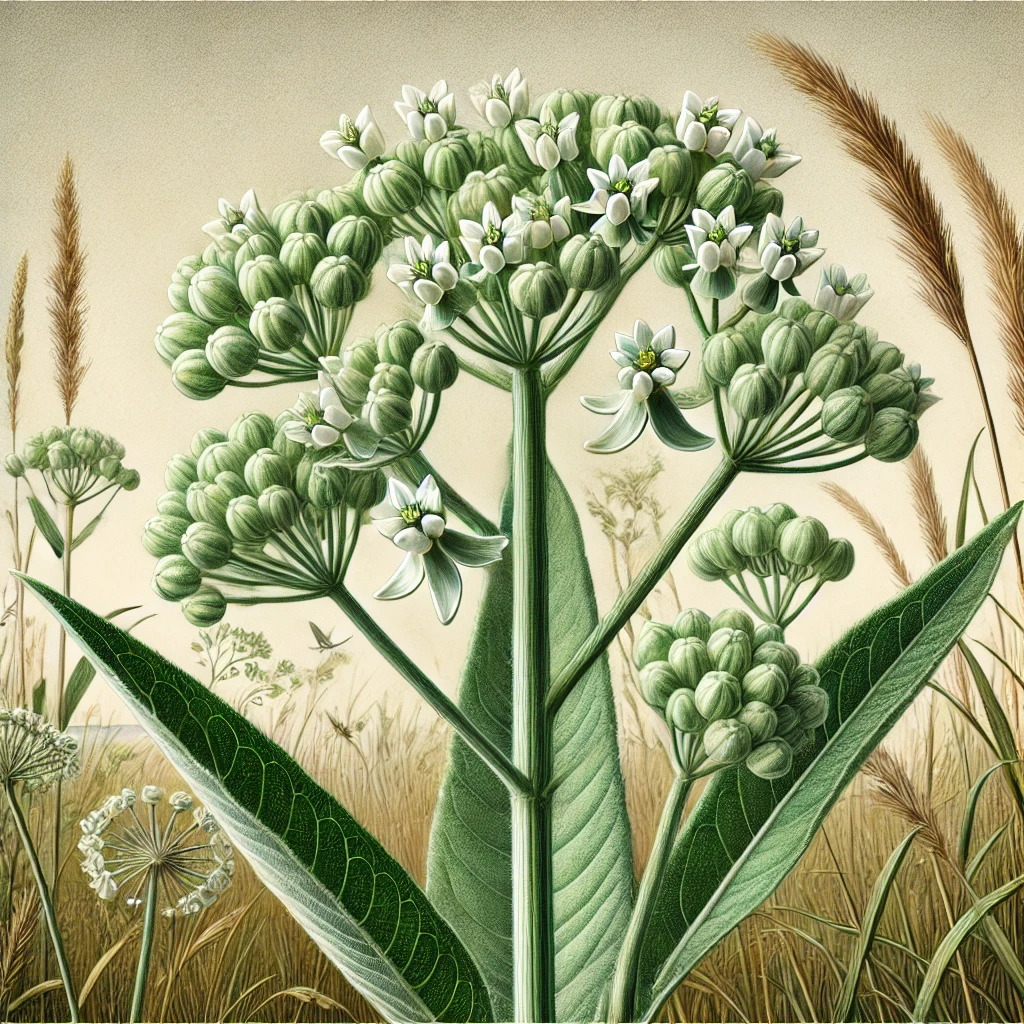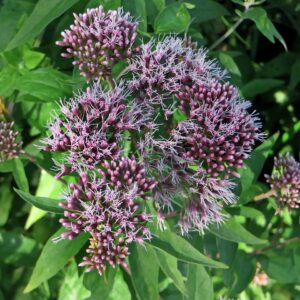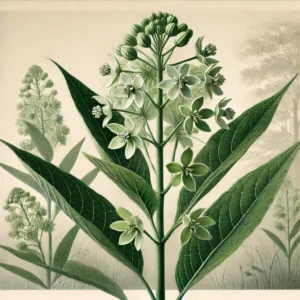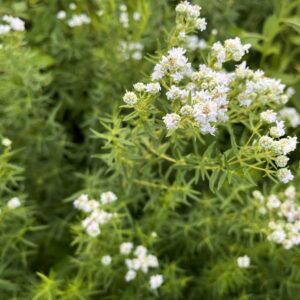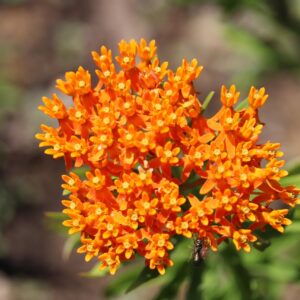Whorled Milkweed (Asclepias verticillata)
Whorled Milkweed is a perennial wildflower known for its fine, thread-like leaves and small, white flower clusters. Unlike other milkweed species, it has a slender, grass-like appearance, making it easy to overlook. It is one of the most toxic milkweed species but still serves as an important food source for monarch caterpillars and nectar for pollinators.
Flowers: Small, white to pale greenish-white flowers, arranged in rounded, loosely packed clusters (umbels) at the top of the stem. Blooms from mid to late summer. Highly attractive to butterflies, bees, and other pollinators.
Height & Spread: Grows 1 to 3 feet tall with an upright, slender growth habit. Spreads via rhizomes, forming small colonies.
Leaves: Thin, narrow, needle-like leaves arranged in whorls of 3 to 6 around the stem. Leaves are fine-textured, bright green, and resemble grass. Unlike Common Milkweed, it has no broad, leathery leaves.
Stem & Growth Habit: Slender, unbranched, and smooth green stem. Grows in small clumps but can spread aggressively under the right conditions.
Roots: Fibrous root system with rhizomes, allowing it to spread. More adaptable than taprooted milkweeds like Butterfly Milkweed.
Habitat & Range: Found in dry prairies, meadows, roadsides, open woodlands, and disturbed areas. Prefers well-drained, sandy, or rocky soils in full sun to partial shade. Native to much of North America, from the Great Plains to the Eastern U.S.
Pollinators & Wildlife: Major nectar source for bees, butterflies, and wasps. Monarch caterpillars will eat the leaves, but it is less preferred due to its high toxicity. Highly toxic to livestock and pets, even in small amounts.
Most Toxic Milkweed Species: Contains potent cardiac glycosides, making it one of the most poisonous milkweed species. Can be fatal to horses, cattle, and other livestock if consumed in large amounts.
Grass-Like Appearance: Unlike most milkweeds with broad leaves, Whorled Milkweed has fine, thread-like foliage, making it resemble grasses.
Late-Blooming Milkweed: One of the last milkweeds to bloom in summer, providing valuable late-season nectar for pollinators.
Growing Whorled Milkweed: Best for naturalized prairies, roadsides, and pollinator gardens. Thrives in dry, sandy, or rocky soils and is highly drought-tolerant. Can spread aggressively via rhizomes, so best in open spaces rather than formal gardens. Avoid planting near livestock due to its toxicity.


